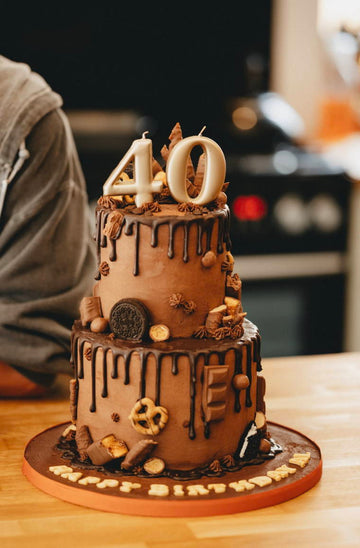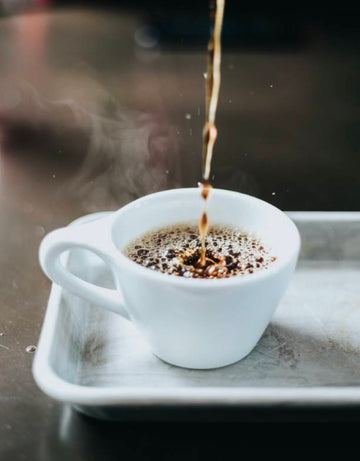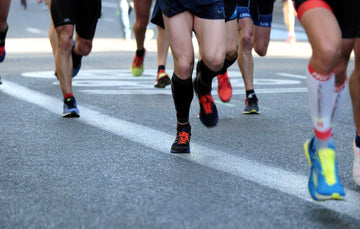
Posted by Tia Patel | MAR-02-2021


Posted by Tia Patel | MAR-02-2021
Nosebleeds can be a common and annoying occurrence, especially during the winter months when the air is dry and cold. While they may not always be serious, nosebleeds can be disruptive and uncomfortable, and it's important to know how to effectively stop them.
Whilst the sight of blood can be scary to most, nose bleeds ( in most cases) aren’t a sign of anything serious and can be treated at home. Here’s how….
A nosebleed can come from either the front of your nose (anterior) or the back of it (posterior).
It’s difficult to know if you have a posterior or anterior nosebleed. But posterior nosebleeds can be much more serious and you’re more likely to need emergency help.
Remain calm and try to relax. Nosebleeds can be alarming, but it's important to stay calm and avoid getting too worked up, as this can make the bleeding worse.
Sit up straight and lean slightly forward. Avoid tilting your head back, as this can cause the blood to flow down the back of your throat and potentially cause you to swallow or inhale it.
Use a tissue or cloth to gently blot the blood from your nose. Avoid blowing your nose, as this can increase the bleeding.
Pinch your nostrils together. Using your thumb and index finger, gently pinch the soft part of your nostrils together and hold for 5-10 minutes. This will help to stop the bleeding.
NOTE: If bleeding persists for longer than 20 minutes, or it is particularly heavy then seek medical assistance.
It's important to note that if you experience frequent or heavy nosebleeds, it may be a sign of a more serious underlying condition. In these cases, it's important to see a healthcare professional for further evaluation and treatment.
By following these steps, you can effectively use a cold pack to stop a nosebleed and get back to your normal activities. Just remember to remain calm and take the necessary precautions to stop the bleeding and prevent further occurrences.

Dr Diane Heatley, an ear, nose and throat specialist for children, says nosebleeds most frequently happen in the autumn and winter when indoor heating systems can dry out the air as well as a child's nostrils. This often makes the nose crusty and itchy with children seeking relief by rubbing or picking the nose.
As nosebleeds result from dryness, the inside of the nose should be kept moist to avoid irritation.
#TeamGPD
Are you 18 years old or older?
Sorry, the content of this store can't be seen by a younger audience. Come back when you're older.



